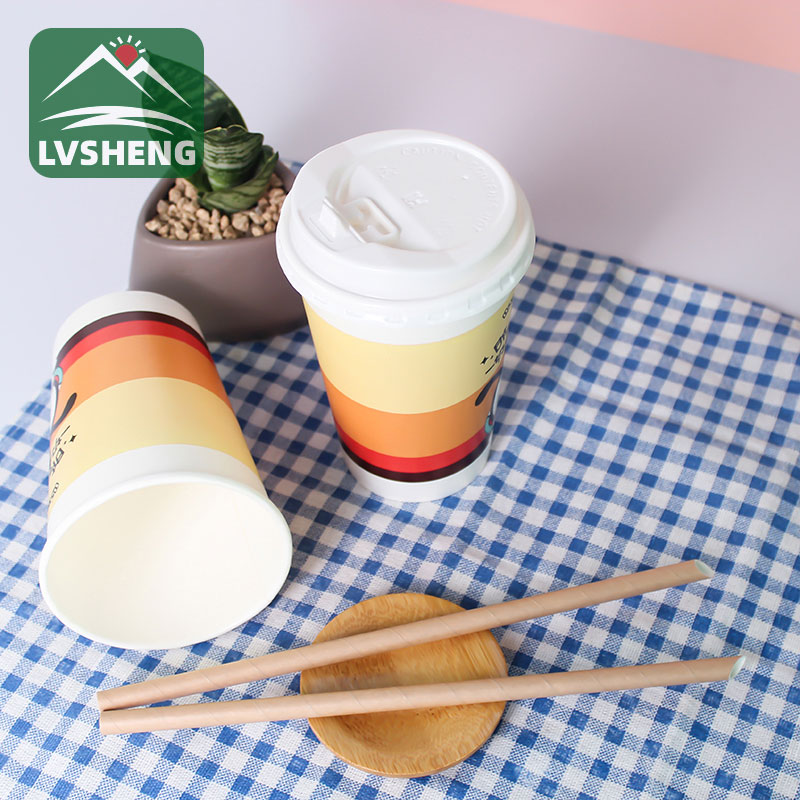- English
- Esperanto
- Català
- icelandic
- Kreyòl ayisyen
- Shqiptar
- lugha ya Kiswahili
- ភាសាខ្មែរ
- Монгол хэл
- Somali
- O'zbek
- Español
- Português
- русский
- Français
- 日本語
- Deutsch
- tiếng Việt
- Italiano
- Nederlands
- ภาษาไทย
- Polski
- 한국어
- Svenska
- magyar
- Malay
- বাংলা ভাষার
- Dansk
- Suomi
- हिन्दी
- Pilipino
- Türkçe
- Gaeilge
- العربية
- Indonesia
- Norsk
- تمل
- český
- ελληνικά
- український
- فارسی
- Burmese
- български
- Latine
- Қазақша
- Română
- Afrikaans
- שפה עברית
- Cymraeg
- Galego
- Latviešu
- беларускі
- Hrvatski
- Bosanski
- ქართული
- ગુજરાતી
- Hausa
- Corsa
- Kurdî
- IsiXhosa
- Zulu
- Chichewa
- Sesotho
- සිංහල
- Gàidhlig
- Cebuano
- Тоҷикӣ
- Hawaiian
- سنڌي
- Հայերեն
- Igbo
- Yoruba
- Javanese
- తెలుగు
- Euskal
- Azərbaycan
- Slovenský jazyk
- Македонски
- Eesti Keel
- Slovenski
- Srpski језик
When did paper cups become popular?
2022-11-24
Paper cups are disposable cups made out of paper and are often lined or coated with plastic or wax to prevent liquids from leaking or soaking through the paper. It can be made from recycled paper and is widely used around the world.

The modern paper cup was developed in the 20th century. In the early 20th century, glasses or ladles were commonly shared at water sources, such as school faucets or buckets on trains. This shared use raises public health concerns. A notable survey of their use was a study conducted by Alvin Davidson, a professor of biology at Lafayette College, in Easton, Pennsylvania, in the journal Technoworld in August 1908. Published under the sensational headline "Death in the School Drinking Glass". public school. The article was reprinted and distributed by the Massachusetts Department of Health in November 1909.
Based on these concerns, and as paper products (especially after the invention of the Dixie Cup in 1908) became cheap and neat, the local ban was passed on to shared cups. One of the first railway companies to use disposable paper cups was the Lackawanna Railway Company, which started using them in 1909. By 1917, public glass had disappeared from railroad cars and was even replaced by paper cups in jurisdictions where public glasses had not yet been banned.
Paper cups are also used in hospitals for health reasons. In 1942, Massachusetts State University found in a study that using washable glasses that were sterilized and reused cost 1.6 times as much as using a single-serving paper cup. These studies, along with the reduced risk of cross-contamination, have promoted the use of paper cups in hospitals.
The paper cup base paper is called "cup board", which is made by a special multi-layer paper machine. It has a waterproof coating. The paper requires high stiffness and strong wet sizing. Cup board grades have special designs for the cup manufacturing process. The roll forming process requires good elongation properties of the sheet and plastic coatings. A well-shaped mouth roll provides stiffness and handling in the cup.
Initially, paper cups for hot drinks were glued together, and the paper was water-resistant by dripping a small amount of clay on the bottom of the cup, then spinning at high speed to move the clay up the walls of the cup. However, this caused the drink to smell and taste cardboard.
Cups used for cold drinks cannot be handled in the same way, as condensation will form on the outside and then soak into the plate, making the cup unstable. To solve this problem, cup makers developed the technique of spraying the inside and outside of the cup with wax. Cups Coated with Polyethylene (PE) Invented Clay and wax-coated cups disappeared, a process that covers the surface of the board with a very thin layer of PE that waterproofs the board and welds the seams together.
In 2017, Finnish cardboard manufacturer Kotkamills introduced a new cup (food service) board that does not use wax or plastic for waterproofing, so it can be recycled, biodegraded, and even composted as part of the regular paper and cardboard waste stream.
In 2017, Smart Planet Technologies, a Newport Beach CA company, launched for the UK market 'reCUP', a recycled paper cup coated with a blend of polyethylene and minerals that can be recycled through conventional paper recycling systems.
Previous:Features of paper bowls




